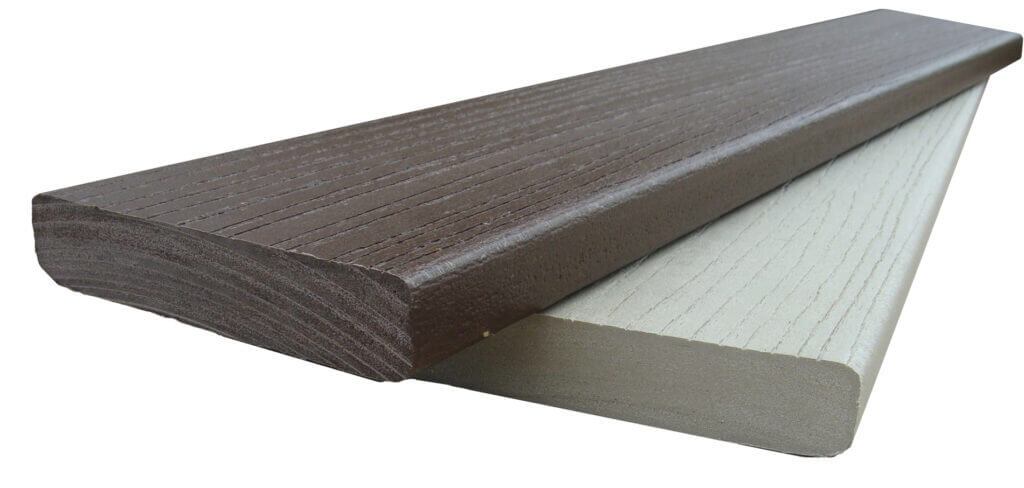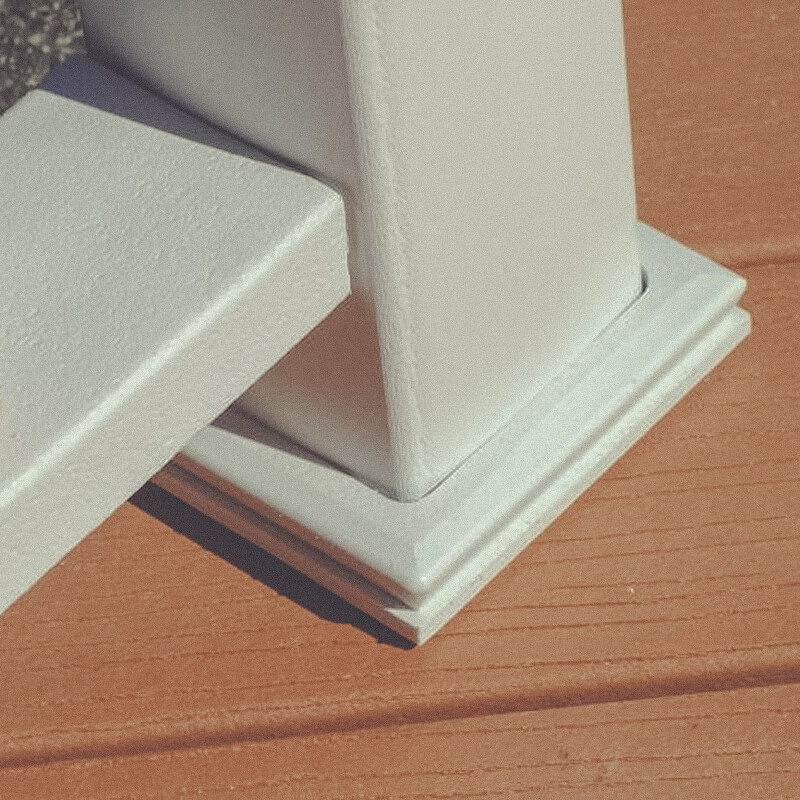Choosing to use Lumberock® Marine Grade Decking is the first and easiest step on the road to owning the deck or dock of your dreams. Before you begin your plastic lumber project, carefully read our installation guidelines for a better end-result.
Bring your ideas to Life
Begin: Plan & Design
Start your project by taking the time to choose a design that meets your needs while comfortably fitting into your surroundings. Gather inspiration for your project by browsing pictures and magazines, then practically apply those ideas to a design that complements your outdoor space using books, software or your own expertise.
Gather Materials
Start your project by taking the time to choose a design that meets your needs while comfortably fitting into your surroundings. Gather inspiration for your project by browsing pictures and magazines, then practically apply those ideas to a design that complements your outdoor space using books, software or your own expertise.
Have A Plan
Color Matching

Let The Building Begin
What you'll need to get started
You can cut, drill and router the boards using the same carpentry tools you would if working with wood. Some common deck-building tools include:
- Cordless Driver
- Chalk Line
- Carpentert's Pencil
- Tape Measure
- Jig Saw
- Carpenter Square
- Spacing Tools
- Circular Saw
- Fasteners
- Safety Glasses
Remember to wear proper clothing and safety equipment.
Lumberock is not to be used for structural purposes, such as off-the-ground deck framing or load-bearing support posts. It may, however, be used as a base on a flat surface such as a cement patio. Given the right conditions, Lumberock can build up static electricity. We use static eliminators in our manufacturing process to help dissipate the built-up charge that develops during the extrusion process, however, just like with carpet, the potential remains for further build-up of static electricity. We have found that hosing down your deck with a combination of Simple Green cleaner and water will help reduce static electric build-up. Finally, our Installation Instructions are intended as guidelines, not precise building plans. Each project is unique in its construction, design and environment. The method and means of installation are the responsibility of the installer.



